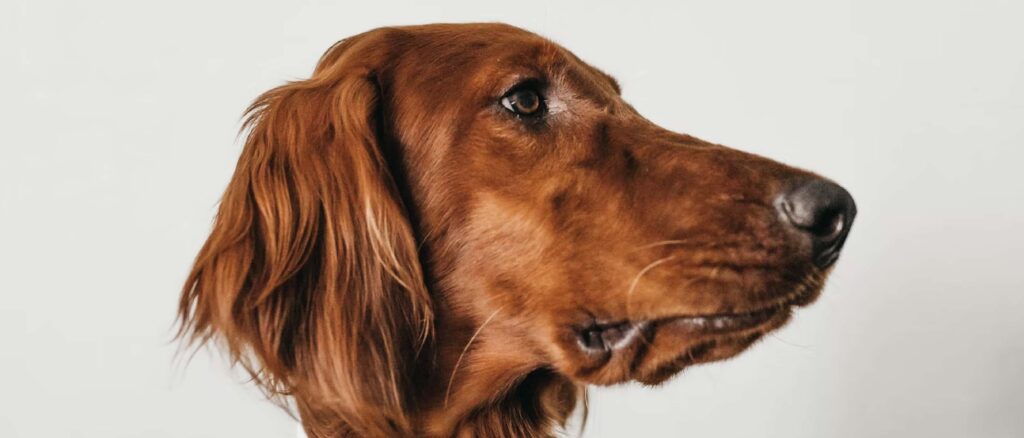How to feed raw dog food
Whatever you need, you’ll find it all right here. Raw food recipes refined for your pet at every stage of their life.

WHAT IS THE BARF DIET AND HOW TO FEED RAW DOG FOOD?
The BARF Diet (or ‘Biologically Appropriate Raw Food’ and ‘Bones and Raw Food’) follows the principle of evolution that dogs are descended from grey wolves, and although humans have changed their external appearance as well
as special skills (guarding, protecting, hunting or as human companions), the dog’s digestive system however remains unchanged.
Dogs belong to the family of carnivores i.e. raw meat eaters with sharp incisors designed for more than just grinding vegetables and grain. The natural raw diet is high in protein, moderate in fat, has minimal amounts of carbohydrates and consists of raw muscle and organ meat, raw meaty bones, fruit and vegetables.
We believe this is the healthier way to feed dogs.


MAKING THE TRANSITION TO RAW FEEDING
There are various schools of thought in respect to switching your dog’s food over to a high quality raw diet.
Some believe that it’s acceptable to just make a complete switch whereas we believe that it’s best to make a gradual switch over a period of some 7 to 10 days, gradually reducing the original food and increasing the raw percentage.
Initially it is best to stick with a single source protein such as tripe, as this is easily digestible , packed full of nutrients and is normally well tolerated and enjoyed by most dogs. Another good option is Chicken or Turkey, these are less likely to cause any upset stomachs.
Once your dog has settled into a new feeding regime we recommend the use of bones and offal after around a month.
Occasionally when a dog’s diet is switched to a raw dog food diet you may find that they vomit a small amount of white foam or yellow bile usually in the morning, this is the digestive tract adjusting to the higher protein, lower carbohydrate diet and is usually nothing to worry about.
However, should this persist please contact us for advice.

HOW TO FEED THE BARF DIET
If your dog is already used to eating a percentage of raw meat and bones in its diet, then switching to a complete raw diet should be very easy. If your dog is not used to the taste and texture of raw meat then you will need to introduce this slowly as his digestive tract will need to adjust to this new food.
We suggest that you start by replacing 1/4 of your dog’s daily food with raw meat and vegetables and gradually increase this amount, over a period of seven to ten days, until you are feeding 100% BARF Diet. If you are still feeding kibble then, it is advisable to treat it and raw meat as two separate meals because kibble takes longer to digest.
Defrost as much food as you need per day. Do not re-freeze food once it has been defrosted but, any food that you have not used, can be kept safely in your fridge for 1-2 days.
Always ensure your dog has free access to fresh, clean drinking water.

THE RAW INGREDIENTS
Human grade British meat is used in all of our of ranges and quality vegetables and fruit are added to our Complete Meal and Premium Complementary Feed range.
We offer a wide choice of meat in our meals and minces, as well as a selection of offal treats to add variety to mealtimes.
Albion Pet Food ranges do not contain wheat, rice, soya, eggs, dairy produce, additives, preservatives or colouring. Many people believe that such ingredients have been the cause of a variety of health problems in dogs.
The philosophy of a true BARF Diet is that nothing is added and nothing is taken away, just healthy food containing quality ingredients.
Meat
Lean meat, fat, and offal, supplies the body with an excellent source of protein and contains the essential amino and fatty acids, as well as some minerals and vitamins that dogs of all ages need to maintain good health.
Tripe contains the lactic acid bacteria, which is the main ingredient in probiotics, the same gastric juices that help cattle with digestion aid the dog in digesting and efficiently utilising food.
Chicken is also a good source of Omega 3 & 6 essential fatty acids as well as a natural source of Chondroitin and Glucosamine, which are essential for the joints and cartilage.
Lamb and Beef are rich in vitamins and minerals, which help to protect a dog’s immune system.
Fish
Fish is an excellent source of Omega 3 essential fatty acids and is especially good for dogs with sensitive stomachs.
Bones
Bones are an important part of a dogs raw diet and contain nutrients and minerals which are beneficial to a dogs general health and well-being. There are two types of bones, nutritional bones, which are a major source of calcium and phosphorus and also recreational bones.
Nutritional bones are generally chicken bones which are softer than other bones making them easy to grind into fine texture to incorporate into a meal. Apart from being nourishing, they also aid in digestion and firms up stools.
A recreational raw, meaty bone is one that a dog chews on for oral benefits, as well as entertainment and playing into their natural instincts. These bones should be sized appropriately for your specific dog to avoid a choking hazard.
Fruit and Vegetables
Packed full of phytonutrients, including essential vitamins and minerals, plants provide our pets essential building blocks that may be unavailable from prey-animal tissue sources.
Phytonutrients help protect against inflammation and can help prevent a wide range of diseases like cancer, pulmonary and cardiovascular disease and diabetes.
Plants are also packed with powerful antioxidants such as carotenoids (found in orange / red fruit and vegetables such as squash, carrots) and Lycopene (found in vegetables red in colour such as red cabbage, tomato’s). These play an important role in the body by fighting against free radicals which damage the cells and body
Another benefit of feeding fruits and vegetables included in your dogs raw diet, is that they also contain both soluble and insoluble fibre. Insoluble fibre bulks up the food and making it easier it to pass through the colon. Soluble fibre can act as a prebiotic, which means it feeds the beneficial bacteria in the gut.